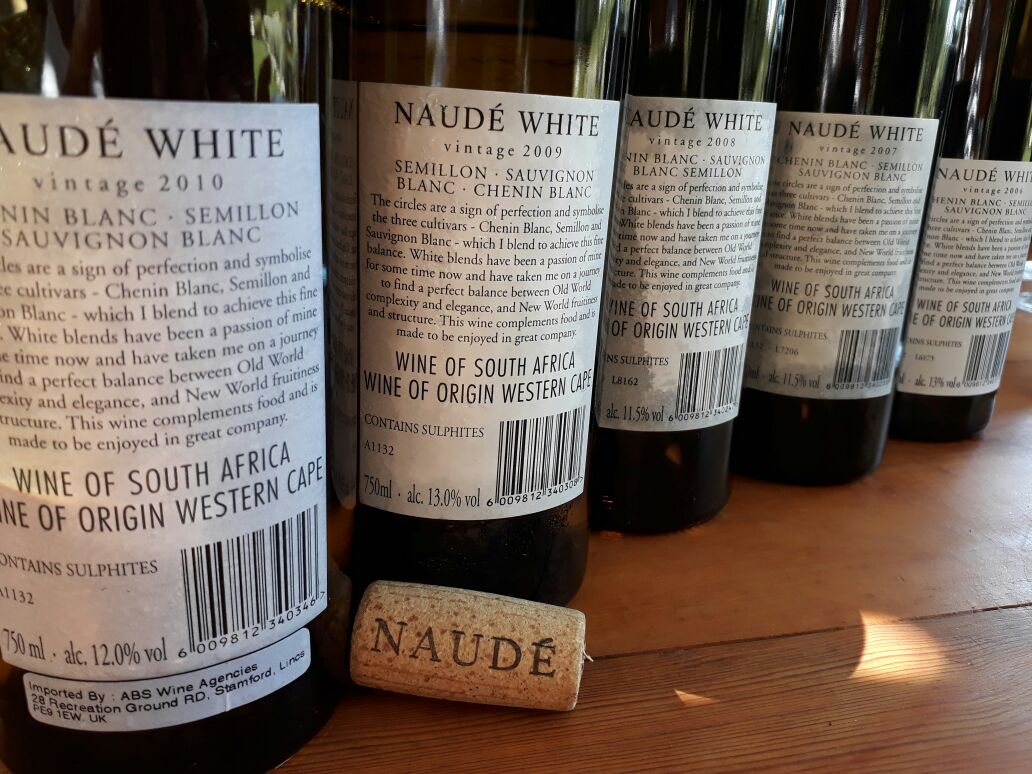
On words and meaning
I was stopped in my tracks by a word.
Dithyrambic. Huh? I love words – especially beautiful descriptive words like crepuscular which encapsulates and describes the quality of light either at sunset or those rays of sunlight which emit from a puffy cumulus cloud – just like the Illustrated children’s bible. (But without the long bearded benevolent God perched atop it.)
I digress.
Not knowing what it meant and having never encountered this word I had to look it up. Google to the rescue... in less than two seconds it found umpteen hundred thousand references.
According to Wikipedia, “The dithyramb (Ancient Greek: διθ?ραμβος, dithurambos) was an ancient Greek hymn sung and danced in honor of Dionysus, the god of wine and fertility.”
It went on to state: “Dithyrambs were sung by choirs at Delos but the literary fragments that have survived are largely Athenian. In Athens, dithyrambs were sung by a Greek chorus of up to 50 men or boys dancing in circular formation, who may or may not have been dressed as satyrs, probably accompanied by the aulos. They would normally relate some incident in the life of Dionysus or just celebrate wine and fertility.”
And then I turned to the Concise Oxford dictionary which stated: “A wildly ecstatic choral hymn of ancient Greece; especially one dedicated to the god Dionysus; A passionate or inflated speech, poem or text.”
I will forever be in Andrew Jefford’s debt for introducing me to this beautiful word in his Decanter column. The column was almost as riveting as the word that mesmerised me. Jefford, one of the most thoughtful and eloquent wine writers around, was relating a conversation he had with Drew Noon, a grower and winemaker in McLaren Vale, South Australia.
“Drew and I have corresponded since 2010, on and off, about terroir; he and Rae follow the academic and general literature; and they allow that there are sound reasons for reserve about some of the wilder claims and looser language of unthinking terroiriste winemakers, geologically intoxicated wine writers and dithyrambic sommeliers.
“The point is this, though: they have studied their own vines, individually, and their own soils for over 20 years now. They’ve tested terroir. They’ve observed differences in plant behaviour on different soils, then smelled and tasted differences in the resulting wines. Indeed even back in his Hunter Valley days, “I became convinced terroir was real because I could taste it. With Semillon at Tyrrell’s in the Hunter Valley, the wines from the sandy soils were quite different to those from the clay soils.”
This column brought to mind a discussion which had taken place a few days earlier, around a table littered with Naudé Family Wines bottles, between Rosa Kruger and Andre Morgenthal of the Old Vines Project, winemaker Ian Naudé, wine writer Christine Austin of the Yorkshire Post and myself.
Kruger was pressing Naudé about his white blend, interrogating him about components and areas of origin because his Chenin Blanc, Sauvignon Blanc and Semillon can have anything between 9 and 14 different components in the mix and the percentages differ significantly from vintage to vintage. It’s because Naudé believes in painting a picture using grapes from various areas.

“Elgin or Darling Sauvignon Blanc give me something quite different to what Stellenbosch has to offer – and it’s the same with Chenin Blanc from the Swartland, Stellenbosch and elsewhere,” he said. “It’s all about terroir.” With all natural acidity, his 2006 Naudé white showed incredibly well, 12 years on from harvest!
The most obvious example is by Andrea and Chris Mullineux who were among the first to peg their colours to the mast with their different geological bottlings of Schist, Iron and Granite Shiraz bottlings, along with the Quartz and Granite Chenin Blanc. They recognised that the various types of dirt imparted different texture, structure and flavour to the wines.
But Hartenberg’s Carl Schultz first spun the Stellenbosch estate’s best Shiraz out and bottled it under the Gravel Hill label initially as a Cape Winemaker’s guild exclusive release in the late 90’s. Now it stands proud under its own label as part of the estate’s excellent range.
Similarly, when Glen Carlou’s winemaking was in the hands of David Finlayson some years ago, he identified the property’s best Chardonnay grown on quartz-rich soils – hence the Quartz Stone Chardonnay.
A thread running through the Hemel en Aarde’s recent Pinot Noir celebration was the distinct differences between wines from Hemel en Aarde, Upper Hemel en Aarde and Hemel en Aarde Ridge. Geography is the key.
Bruce Jack frequently states that South Africa has some of the oldest dirt on the planet. With our winemakers becoming more confident and assured of their role in providing expression to special terroir, we can expect to see more definitive statements on labels about soils and single vineyard expressions.
And if they live up to expectations, perhaps we can raise our voices in dithyrambic joy – singing a song to Dionysus!
-Fiona McDonald
(If anyone is interested in reading Andrew Jefford’s Decanter column, here is the link: http://www.decanter.com/wine-news/opinion/jefford-on-monday/soil-terroir-tracking-383372/#RAeXFd1L7wQK1v0X.99 )
